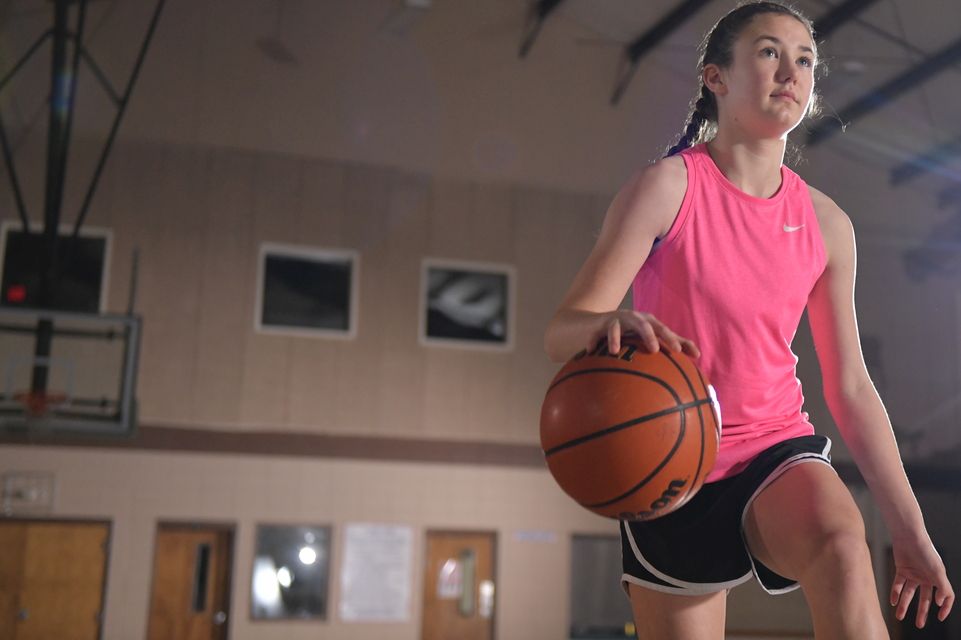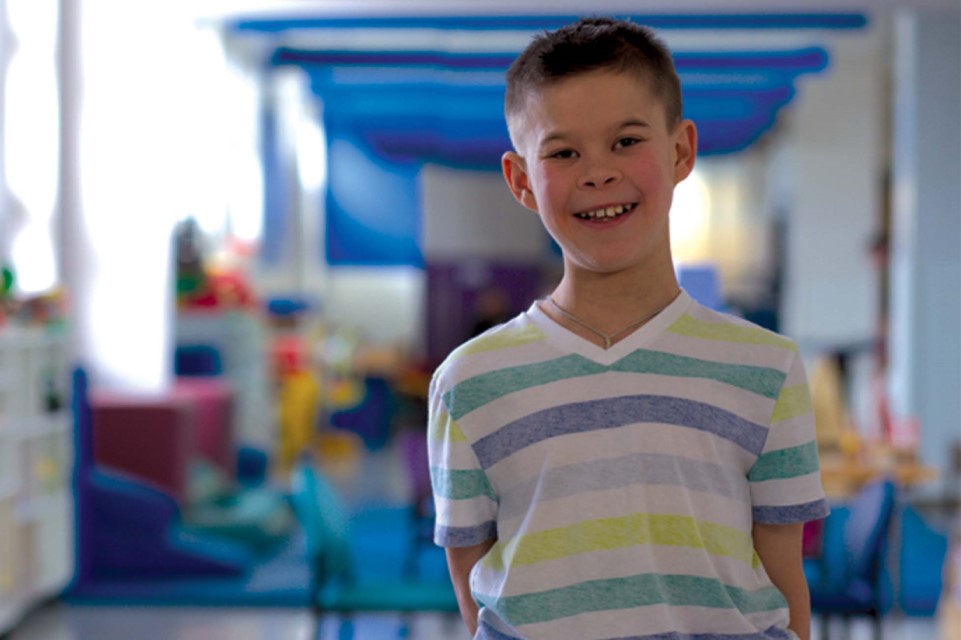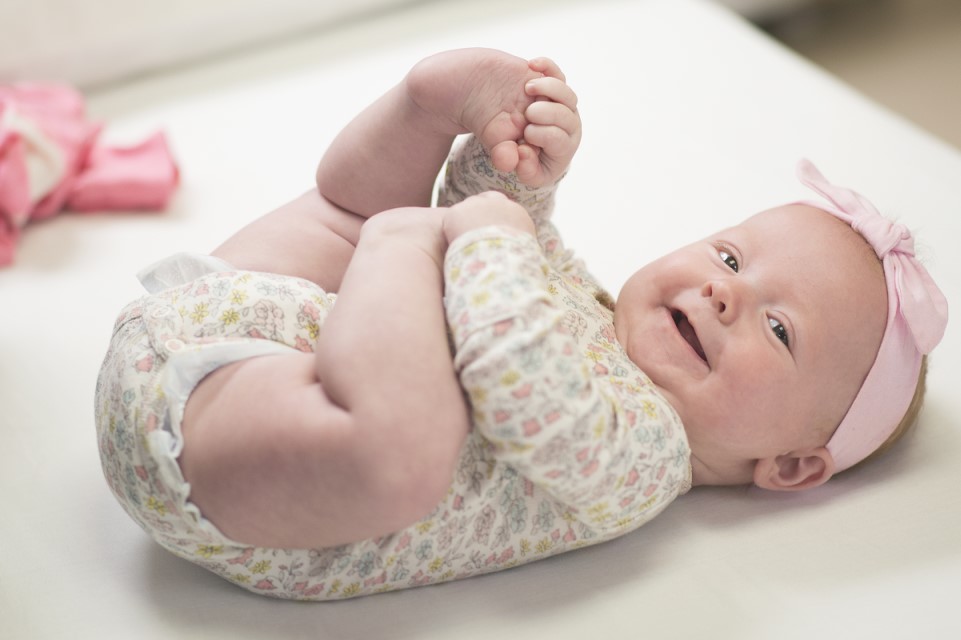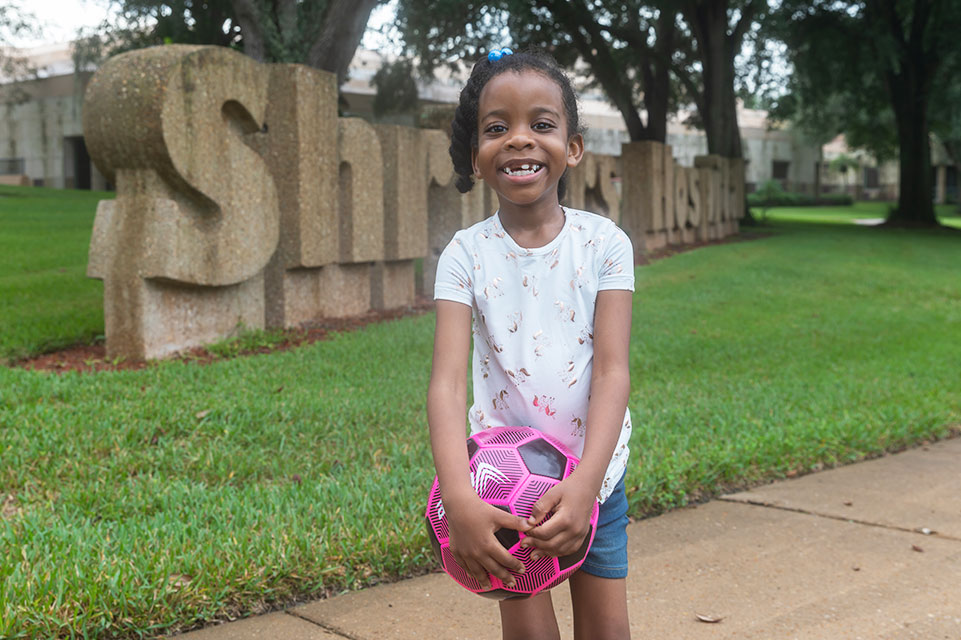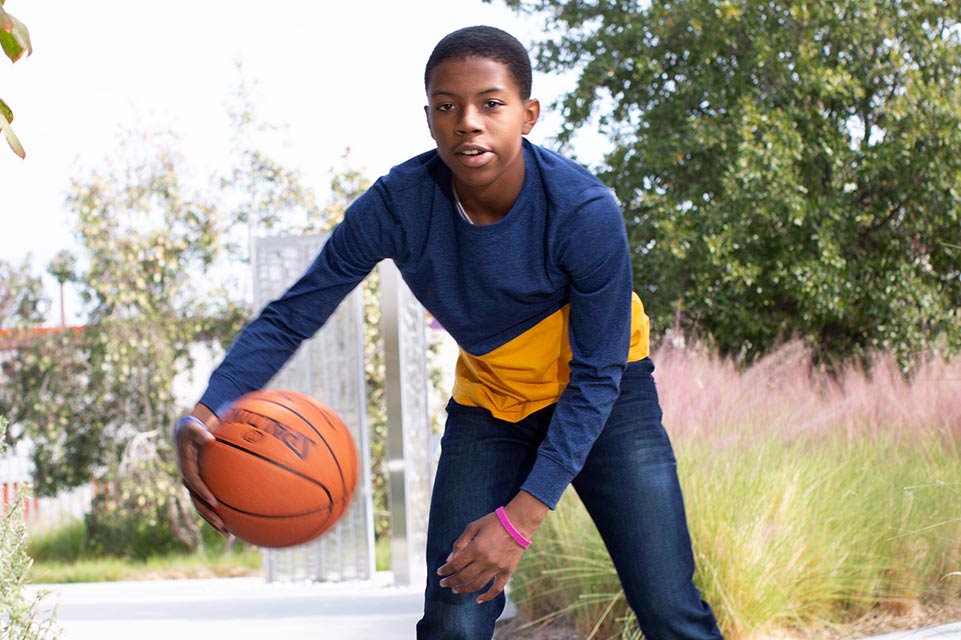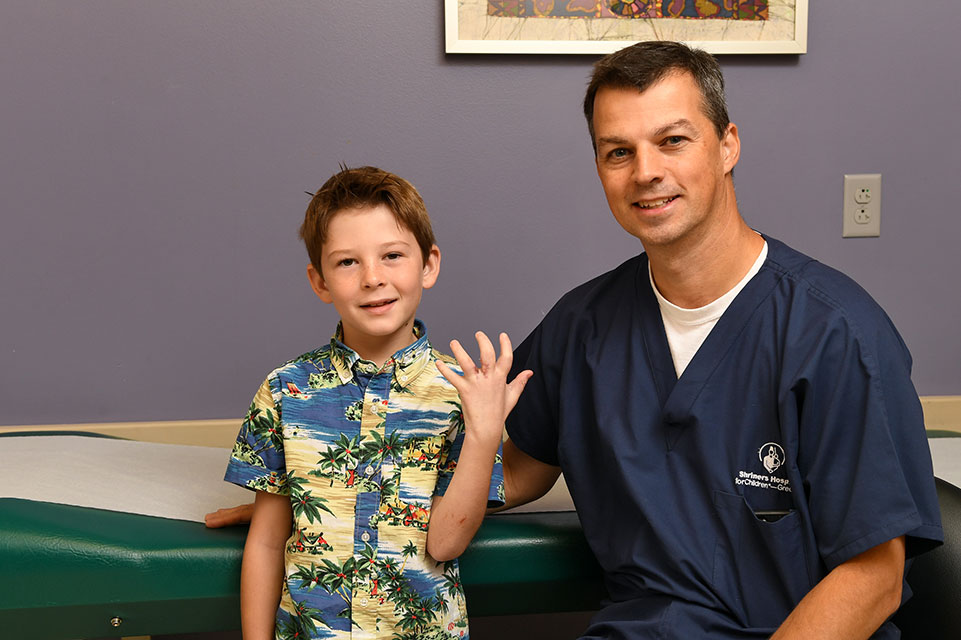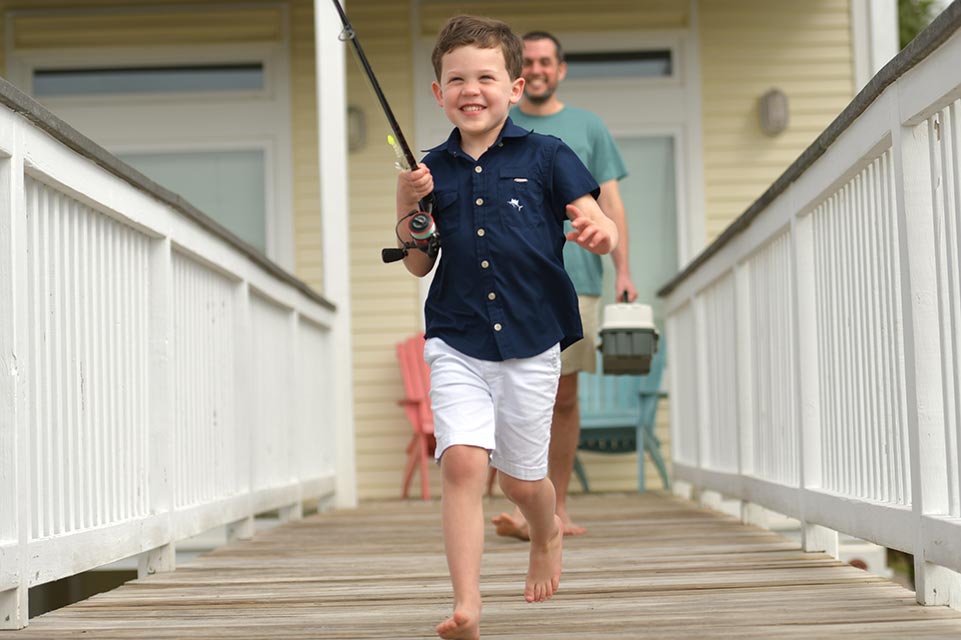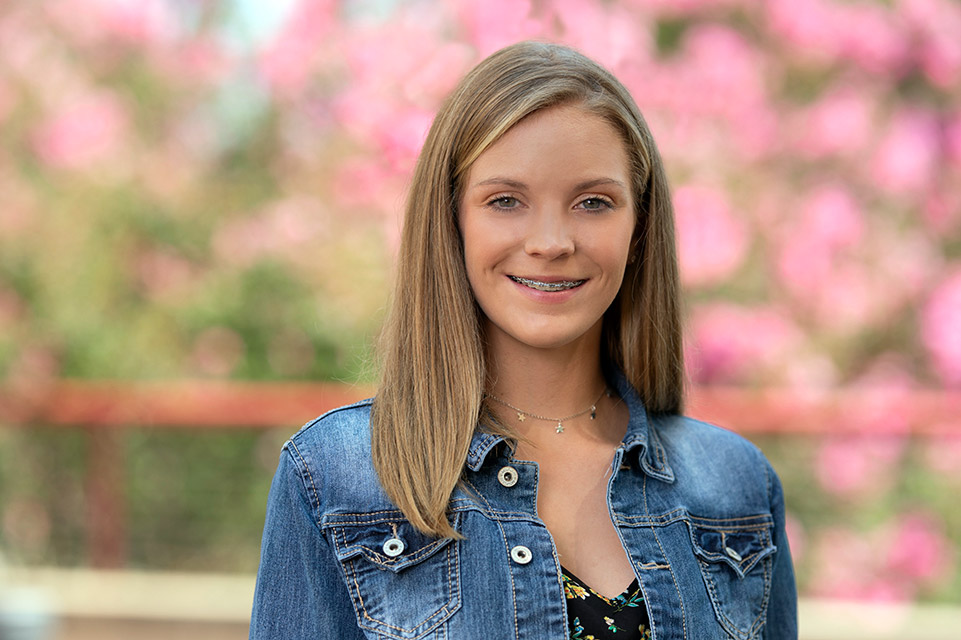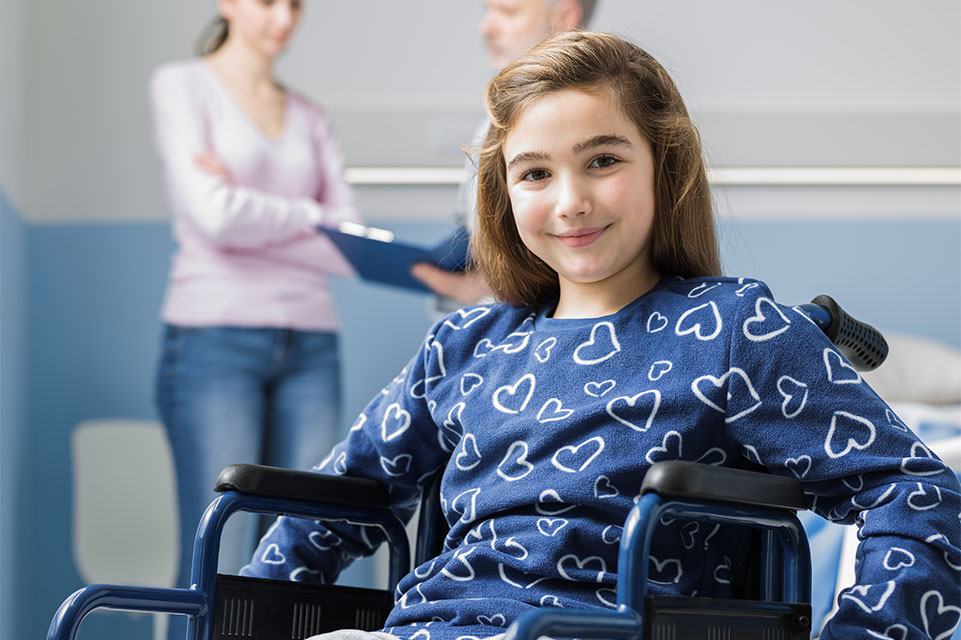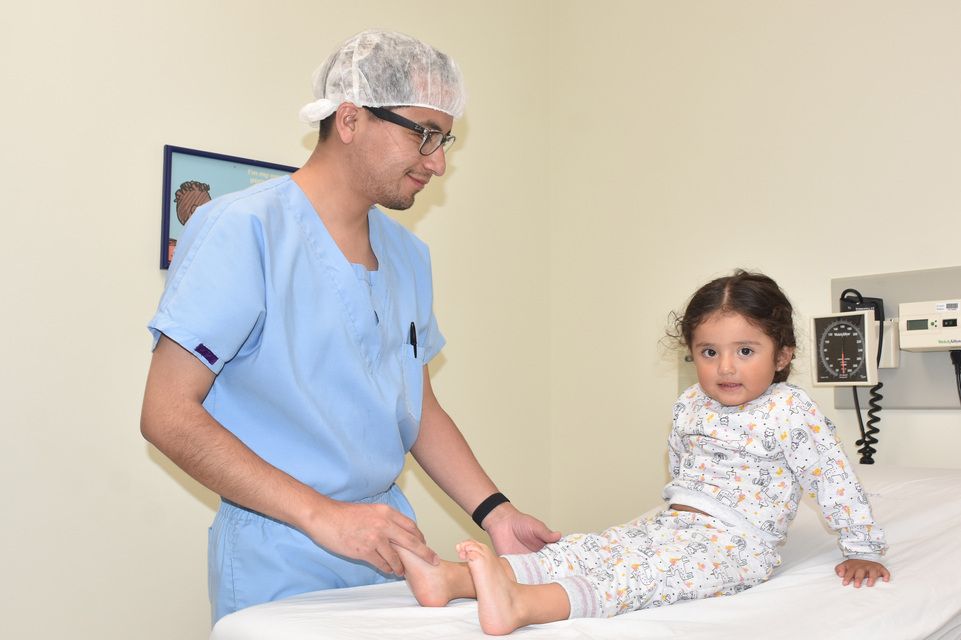-
Condition
Shoulder Dislocation (Glenohumeral Joint Dislocation)
Shriners Children's offers treatment for shoulder dislocation, or glenohumeral dislocation, an injury in which the upper arm bone comes out of the shoulder blade socket.
-
Condition
Nevi/Nevus
Nevi are birthmarks or moles that are usually harmless. They can be brown, black, flesh colored or red/purple. Some are large, itchy, or bleed. Pediatric plastic surgeons at Shriners Children’s can help with all types of birthmarks.
-
Condition
Pigmentation Disorders
Pigmentation disorders affect the color of a person’s skin. Some of the most common are birthmarks, macular stains, hemangiomas and port wine stains.
-
Condition
Genu Valgum
https://shriners-production-cd.azurewebsites.net/en/Pediatric-Care/Genu-ValgumUnderstanding why your child has knock knees is important. Shriners Children's physicians are here to provide the answers you need and the care you can count on.
-
Condition
Contractures
A fixed tightening of muscle, tendons, ligaments, or skin which prevents normal movement of the associated body part. An injury such as a severe burn can cause contracture of the skin.
-
Condition
Syndactyly Care
https://shriners-production-cd.azurewebsites.net/en/Pediatric-Care/SyndactylyHaving syndactyly, also known as webbed fingers or toes, isn't rare. But the way award-winning physicians at Shriners Children's treat the condition is.
-
Condition
Vertical Talus
Shriners Children's offers casting, stretching and surgery to correct vertical talus, also known as extreme flatfoot or "rocker bottom foot."
-
Condition
Lupus
Lupus is a chronic autoimmune disease where the immune system attacks the tissues and organs. At Shriners Children's, lupus is commonly treated with medication.
-
Condition
Paraplegia
Paraplegia refers to partial or full paralysis (loss of the ability to move) and sensation that occurs in the legs and lower half of the body. Spinal cord injury and conditions that affect neural aspects of the spinal cord cause paraplegia.
-
Condition
Ulnar/Radial Deficiencies
Ulnar/radial deficiencies cause a hand to appear bent at an angle, towards either the thumb or little finger. Shriners Children's goal is to improve the hand’s function and appearance.
Patient Information
Providers & Research
I Want to Find

